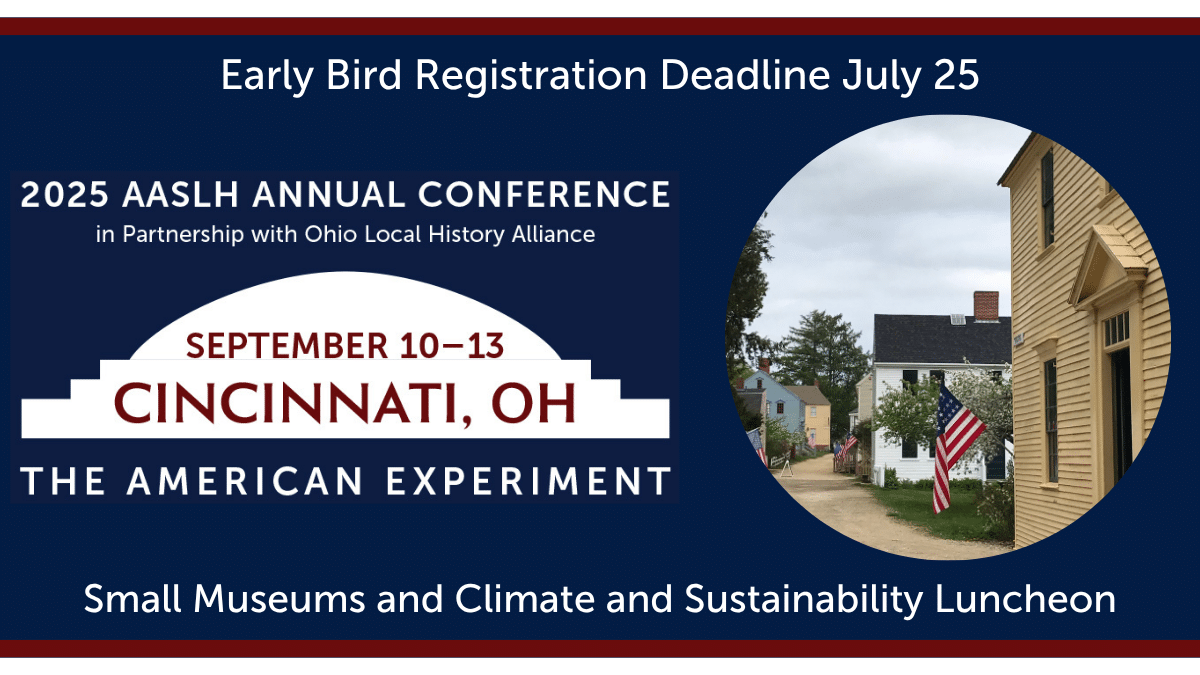Accessibility is important to me because I lost my hearing when I was 30 years old. I love museums, but I can’t enjoy them as much as I did when I could hear. That’s why my career focus is on making the museum experience available to everyone.
People with disabilities shouldn’t have to encounter barriers when they visit a museum. As I work toward my Master’s degree in Museum Studies and talk with many people, I realize that some common misconceptions can affect the decisions we make.
“Accessibility costs too much money.” This is a pretty common statement I hear from museum people, especially in small museums. We’d all love an unlimited budget, making renovations and technology purchases possible, but that’s obviously not a reality. We still need to find solutions to access issues.
Yes, renovations, assistive technology, and ASL interpreters can be expensive. Still, you are legally and ethically obligated to remove barriers in your museum, even if you can’t afford big projects. You can be creative and resourceful in making low-cost alternatives to high-cost ‘best practices.’
Here’s an example: “There’s no money in the budget for an automatic door,” or “Installing one will damage the historic integrity or aesthetic of a registered landmark.”
You can make a quick trip to the hardware store for a doorbell, and install that with a small sign that says, “Please ring bell for assistance.” Is it the ideal solution? No. Does it work? Yes. Here’s a whole list of other low-cost and low-tech improvements you can also try. Who knows? Those improvements may even increase your attendance and memberships.
Improving accessibility has another potential economic benefit. According to a recent Census Bureau report, about one out of five of us has a disability. These folks also have about 200 billion dollars available for discretionary spending. Making your museum more accessible lets you tap into that market.
People with disabilities make up a substantial portion of the museum-going public. I want to get museum professionals asking themselves, “Is my museum doing enough to make sure every visitor benefits from our exhibits and programs?” It’s up to all of us to be flexible and creative, to ensure that every visitor has an equal opportunity to learn from and enjoy all the services we provide.
Image credit: Roscheider Hof Open-Air Museum, Denmark.
Kris Johnson is finishing up her MA in Museum Studies from Indiana University-Purdue University Indianapolis. Her work is focused on issues of access and inclusion for visitors with sensory disabilities. Kris has been an intern at the Children’s Museum of Indianapolis, working on projects related to evaluating accessibility and drafting a museum-wide access plan. She also established Access Indy, a roundtable for museum professionals in central Indiana to discuss current topics and trends in museum accessibility.



